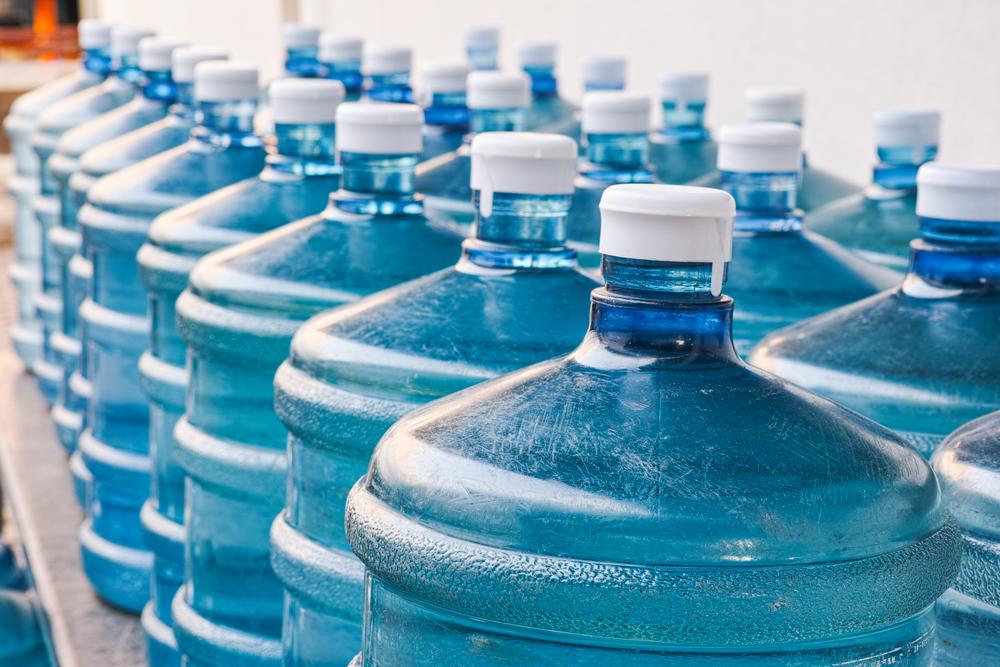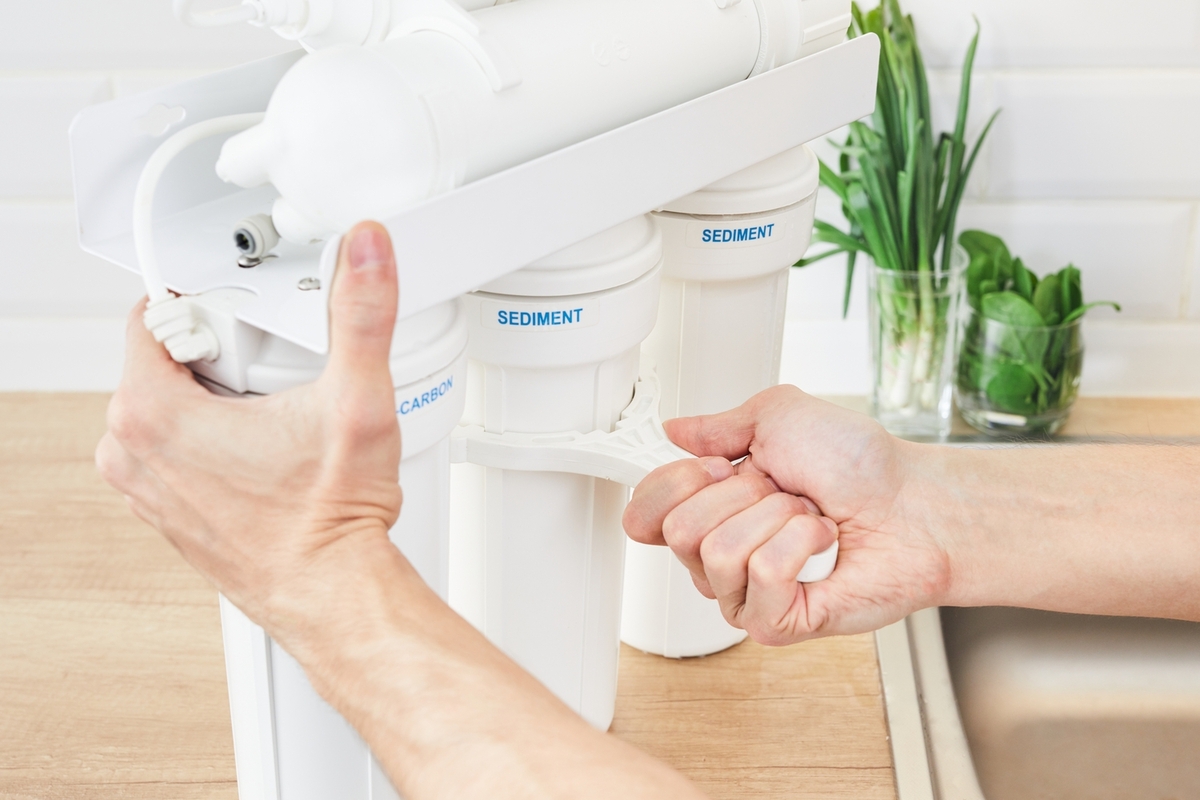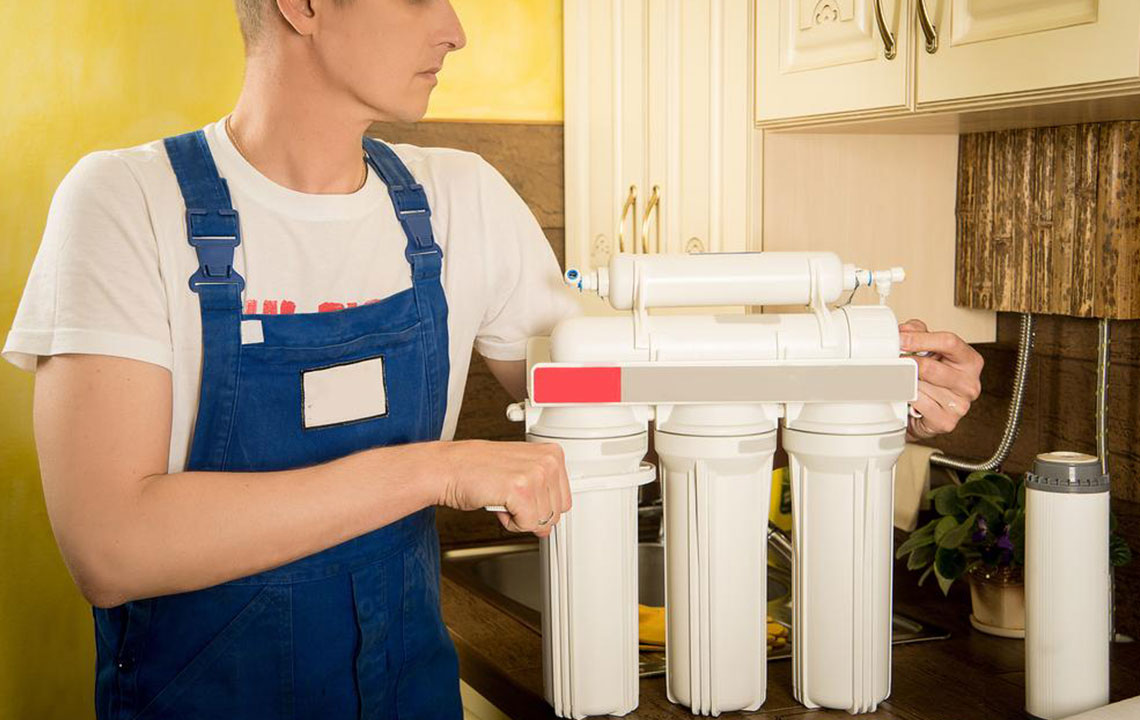Advanced Urban Water Purification Technologies for Safe Drinking Water
This article explores innovative urban water purification techniques, focusing on primary water sources, modern treatment procedures, and the latest technological advancements. It highlights the importance of effective wastewater management and clean drinking water to ensure public health and sustainability. Designed for urban planners, environmentalists, and residents alike, the comprehensive overview underscores how modern cities are leveraging advanced methods to improve water safety, quality, and availability in the face of growing environmental challenges.

Advanced Urban Water Purification Technologies for Safe Drinking Water
Ensuring access to safe, clean, and reliable drinking water is a fundamental aspect of public health and urban development. Despite the abundance of water sources in many regions, contamination, pollution, and resource scarcity pose ongoing challenges. Have you ever wondered how tap water is processed, purified, and distributed before it reaches your home? This comprehensive article delves into the primary sources of urban water, the critical treatment procedures involved, and the innovative technologies shaping the future of water purification in modern cities.
Primary Water Sources in Urban Areas
Urban water systems predominantly draw from two main sources: groundwater and surface water. Groundwater is accessed via wells and boreholes, while surface water comes from rivers, lakes, and reservoirs that collect runoff and precipitation. Municipal water authorities extract water from these sources, beginning the series of purification steps necessary for safe human consumption. Once collected, water is transported through an intricate network of pipelines that run beneath city streets, delivering the processed water to residential, commercial, and industrial consumers. These extensive pipeline systems not only ensure water accessibility but also maintain pressure and flow to meet urban demands efficiently.
Equally important to understand is the fate of wastewater. After water is used in homes and industries, it is collected through sewer systems designed to transfer it to wastewater treatment plants. Proper treatment of wastewater is vital to prevent environmental pollution, protect ecosystems, and ensure public health. Wastewater treatment facilities employ advanced processes to eliminate contaminants, making the discharged water safe for the environment and, in some cases, suitable for reuse.
Cutting-Edge Water Treatment Processes
Both surface and groundwater sources are susceptible to various pollutants such as agricultural runoff, industrial waste, and natural contaminants like arsenic and heavy metals. Regulatory bodies such as the Environmental Protection Agency (EPA) set rigorous standards for water quality, aiming to eliminate over 90 potential contaminants. Modern treatment methods have evolved significantly to address these challenges, utilizing innovative techniques to improve efficiency, safety, and environmental sustainability.
Standard and Advanced Treatment Techniques
While traditional methods form the backbone of urban water treatment, recent innovations incorporate cutting-edge technology to enhance purification. Here are some of the most prevalent and emerging techniques used:
Coagulation and Flocculation: The process begins with the addition of chemicals such as aluminum or iron salts. Coagulation neutralizes the negative charges of particles, allowing them to clump together into larger aggregates called 'flocs.' Flocculation involves gentle mixing to promote the formation of these larger particles, making them easier to remove in subsequent steps. These processes effectively remove suspended solids, bacteria, and some chemical pollutants.
Sedimentation: The large flocs formed are heavier and settle at the bottom of sedimentation tanks. This stage significantly reduces turbidity and removes substantial amounts of suspended impurities. Modern sedimentation tanks incorporate lamella plates or inclined tubes to increase surface area and improve efficiency, especially in low-clarity situations.
Filtration: The clarified water passes through various types of filters, including sand filters, gravel, and activated charcoal. Many urban water systems now use ultrafiltration membranes that can remove viruses, bacteria, and chemical contaminants more effectively. Advanced filtration methods like membrane bioreactors are increasingly adopted for high-purity requirements and water reuse applications.
Disinfection: The final step involves the elimination of any remaining pathogens. Chlorination remains a common disinfection method due to its affordability and residual effect. However, ultraviolet (UV) light and ozonation are gaining popularity thanks to their effectiveness against resistant microorganisms and absence of chemical byproducts. Some systems even combine multiple methods to achieve maximum safety. Additionally, essential chemicals like fluoride are added to improve dental health and protect against corrosion within pipelines.
These comprehensive treatment processes, combining traditional methods and innovative technologies, are critical for delivering safe drinking water in urban environments. They also play a vital role in protecting ecosystems, reducing pollution, and supporting sustainable development goals. As urban populations grow and climate change impacts water availability, the role of advanced water purification becomes increasingly vital in ensuring human health and environmental conservation.





